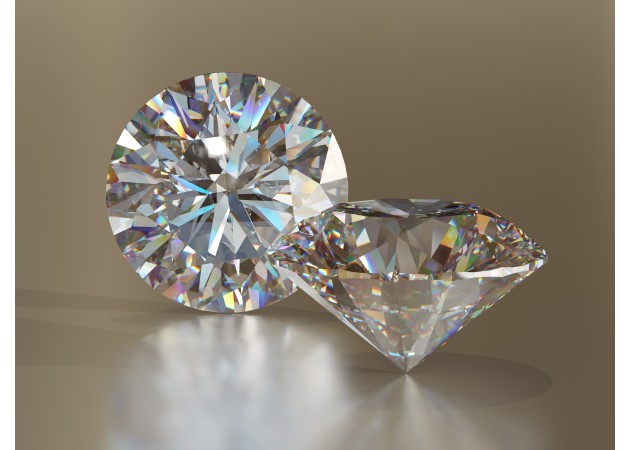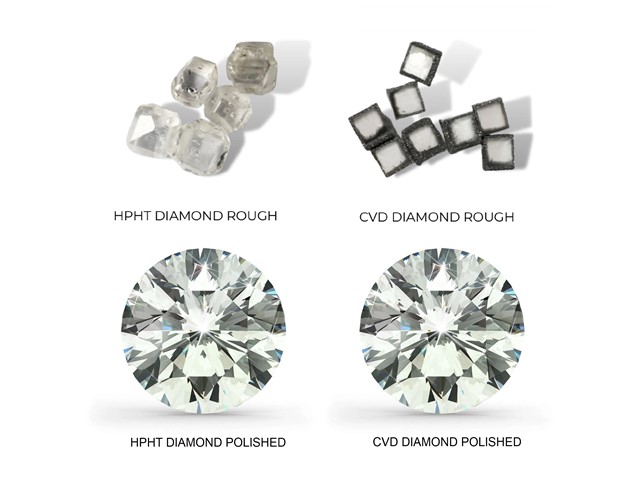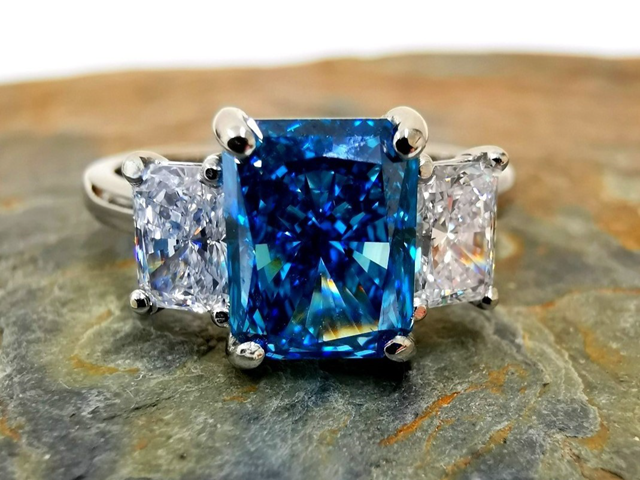HPHT vs. CVD: Understanding the Growth of Lab-Grown Diamonds
Lab-grown diamonds have revolutionised the jewellery industry, offering a stunning and ethical alternative to mined diamonds. These dazzling stones are created in a controlled laboratory environment, replicating the Earth's natural diamond-forming process. Let’s delve a little deeper into the two primary methods that are used to cultivate lab-grown diamonds: High-Pressure, High-Temperature (HPHT) and Chemical Vapour Deposition (CVD).
High-Pressure, High-Temperature (HPHT) Method
The HPHT method replicates the extreme pressure and temperature conditions found deep within the Earth. A small diamond seed crystal is placed in a carbon-rich environment and subjected to intense heat and pressure. Over time, the carbon atoms rearrange themselves around the seed crystal, forming a larger diamond.
Key Characteristics of HPHT Diamonds:
- Colour: HPHT diamonds can exhibit a wide range of colours, including fancy colours like pink, blue, and yellow. This method is particularly effective for colour enhancement, allowing for the creation of vibrant and unique stones.
- Clarity: HPHT diamonds often possess excellent clarity, with minimal visible inclusions. Their high clarity is a result of the controlled growth process, which allows for the formation of large, flawless crystals.
- Shape: HPHT diamonds typically grow in a cuboctahedron shape, which is a polyhedron with eight triangular faces and six square faces. This unique shape makes them ideal for cutting into a variety of popular diamond cuts, including round, princess, and cushion.
Chemical Vapour Deposition (CVD) Method
The CVD method simulates the natural process of diamond formation in space (Yep! space.. Diamonds aren’t unique to Earth!) A tiny diamond seed crystal is placed in a chamber filled with carbon-rich gases, such as methane and hydrogen. The chamber is then heated to extremely high temperatures, causing the gas to ionize into a plasma. Carbon atoms from this plasma deposit onto the seed crystal, layer by layer, creating a larger diamond. This precise and controlled process allows for the creation of diamonds with exceptional clarity and colour.
Key Characteristics of CVD Diamonds:
- Colour: CVD diamonds are primarily known for their exceptional clarity and colourless appearance. While they can produce a range of colours, including fancy colours, they are not as versatile as HPHT diamonds in this regard.
- Clarity: CVD diamonds often exhibit superior clarity, with fewer inclusions and higher optical transparency. The layer-by-layer growth process minimises the formation of internal flaws.
- Shape: CVD diamonds typically grow in a cubic shape, which is a polyhedron with six square faces. This shape is well-suited for cutting into a variety of popular diamond cuts, such as round brilliant, princess, pear, and marquise.
Fancy Coloured Lab-Grown Diamonds: A Luxurious Alternative
While colourless diamonds are often associated with luxury, fancy coloured diamonds have captivated hearts for centuries. These rare and beautiful stones, characterized by their unique hues, have traditionally been highly sought after and expensive. However, the advent of lab-grown diamond technology has made it possible to create stunning fancy coloured diamonds at a fraction of the cost.
Both HPHT and CVD methods can produce a range of fancy coloured diamonds, including:
- Pink Diamonds: Known for their romantic and delicate hue, pink diamonds are among the most coveted fancy coloured diamonds.
- Blue Diamonds: Symbolising rarity and elegance, blue diamonds are highly prized for their intense colour.
- Yellow Diamonds: Often associated with happiness and optimism, yellow diamonds offer a warm and vibrant glow.
- Green Diamonds: A rare and enigmatic colour, green diamonds are highly sought after by collectors and connoisseurs.
Both HPHT and CVD diamonds are stunning choices.
Each method offers unique advantages and produces high-quality diamonds that are chemically, optically, and physically identical to natural diamonds. Whether you prioritise colour, clarity, or a specific shape, at Comparethediamond.com you can find a lab-grown diamond that exceeds your desires.
By understanding the intricacies of HPHT and CVD, you can better appreciate the beauty and ethical implications of lab-grown diamonds.



